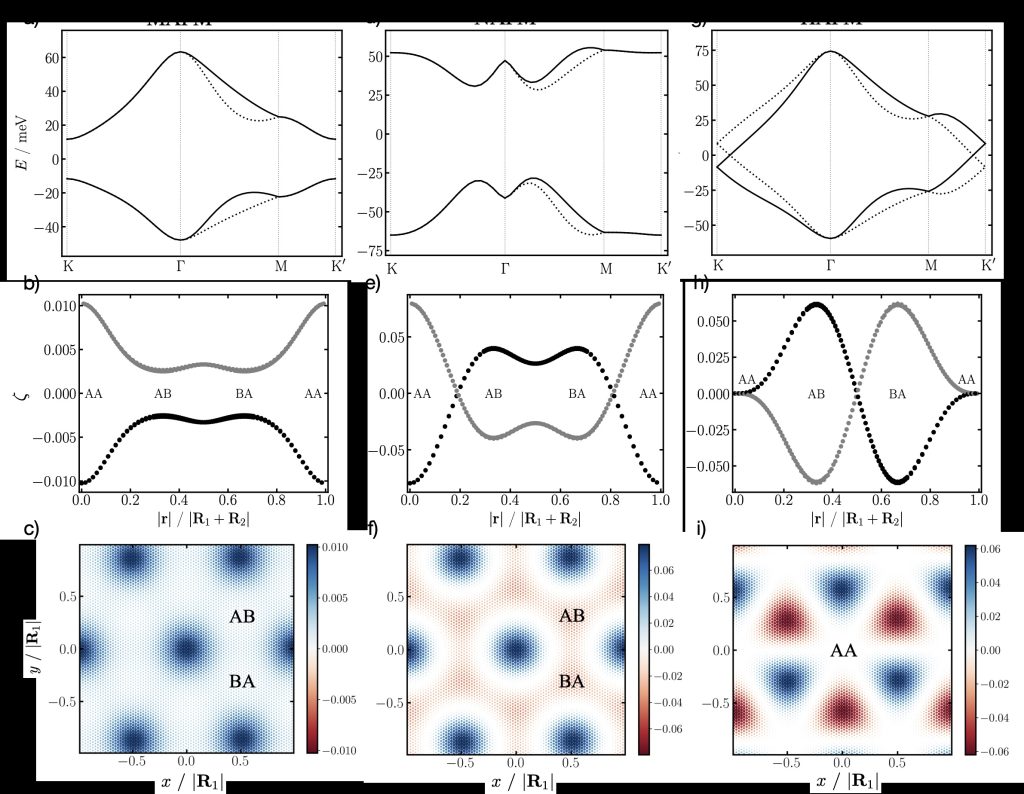Short Versus Long Range Exchange Interactions in Twisted Bilayer Graphene

When two layers of graphene are stacked and twisted at a precise angle of 1.1 degrees, they start to behave in unusual ways, like becoming insulators or even superconductors (which can conduct electricity without resistance). To understand why this happens, we need to create detailed models. However, these models can be very complex and require a lot of computational power because they involve simulating over 10,000 atoms. In our research, we developed a method to simplify these models by focusing on key interactions between atoms over short distances. This method not only reduces the computational cost but can also be applied to study other configurations of twisted graphene and magnetic properties, like ferromagnetism.
This research was conducted in collaboration with the group of Professor Francisco Guinea based in IMDEA in Madrid, researchers from RWTH AACHEN, and current and previous members of the TYC, some of which have moved onto Fellowships at Harvard and Trieste.
Authors: Alejandro Jimeno-Pozo, Zachary A. H. Goodwin, Pierre A. Pantaleon, Valerio Vitale, Lennart Klebl, Dante M.Kennes, Arash A. Mostofi, Johannes Lischner, Francisco Guinea
ADVANCED PHYSICS RESEARCH
DOI: 10.1002/apxr.202300048
